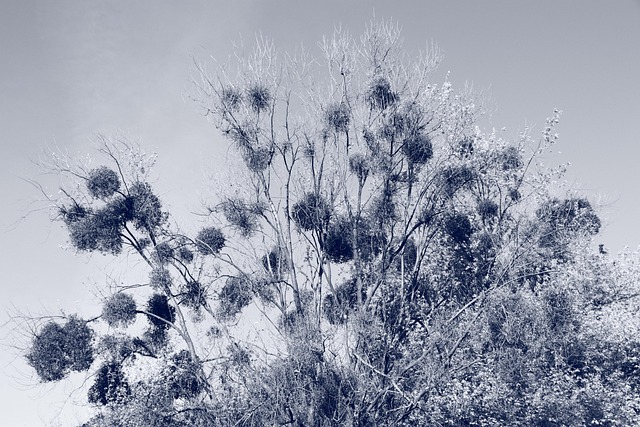Discovering the Magic of Cyanotype: Where Composition Meets Chemistry
In the realm of artistic photography, cyanotype stands out as a captivating technique that beautifully marries science with creativity. The rich blue hues and ethereal quality of cyanotype prints invite photographers and artists alike to explore new dimensions of composition and expression. When considering composition, cyanotype offers a unique canvas—a playground where shadows, shapes, and textures come alive in stunning indigo tones.
The Emotional Palette of Cyanotype Composition
At its core, composition in cyanotype isn’t just about arranging elements within a frame; it’s about evoking emotion and narrative through contrast and form. The signature Prussian blue lends each piece a timeless, dreamlike atmosphere, encouraging the artist to focus deeply on the interplay between light and shadow.
Imagine carefully positioning delicate leaves, intricate lace, or even handwritten poems onto sensitized paper. The result? A compelling balance of negative and positive space that carries intimacy and nostalgia. The monochromatic nature of cyanotype strips away distractions, sharpening your focus on the essence of the subject and how it speaks to the observer.
Embracing Simplicity and Depth
One powerful composition technique in cyanotype involves embracing minimalism. Because the process yields high contrast images, even subtle variations in texture and transparency become profoundly impactful. Utilizing translucent objects or layering different materials can create mesmerizing depth and complexity without overwhelming the composition.
Think of how a simple fern, when laid just so, captures the eye and tells a story of nature’s delicate intricacies. The eye is naturally drawn to areas where light interacts differently with various surfaces—this makes careful arrangement paramount.
Playing with Scale and Repetition
Another dynamic approach is manipulating scale and repetition in your cyanotype compositions. By repeating a motif—be it leaves, geometric shapes, or everyday objects—you can generate rhythm and harmony that resonate emotionally with viewers. Changing sizes of identical elements within the same frame adds intrigue and guides the viewer’s gaze through the artwork.
The unique blue monochrome invites artists to experiment with the unification of the composition rather than the distraction of color variation. It encourages a contemplative mindset, focusing on relationships between shapes, shadows, and textures more than the vibrancy of hues.
Integrated Textures and Layering
Layering is another key technique that speaks to the cyanotype’s poetic and tactile nature. The transparent quality of some materials allows for enchanting overlays, creating multi-dimensional stories embedded directly onto the paper’s surface. Incorporating textures such as fabric fibers, petals, or even handwritten notes can add personal elements that elevate the image beyond a mere photograph.
This tactile engagement emphasizes the physicality of composition — it’s not just visual but also experiential. As the sunlight or UV light passes through, it leaves behind both an image and a feeling, captured eternally in shades of blue.
Final Thoughts on Cyanotype Composition
Cyanotype composition challenges us to engage deeply with the fundamentals of image-making: light, shadow, form, and texture. Its ethereal blue hues create an emotional resonance that invites calm reflection. Whether you are arranging natural elements or experimenting with abstract shapes, the art of cyanotype encourages a thoughtful, meditative approach to composition that transforms simple subjects into timeless stories.



